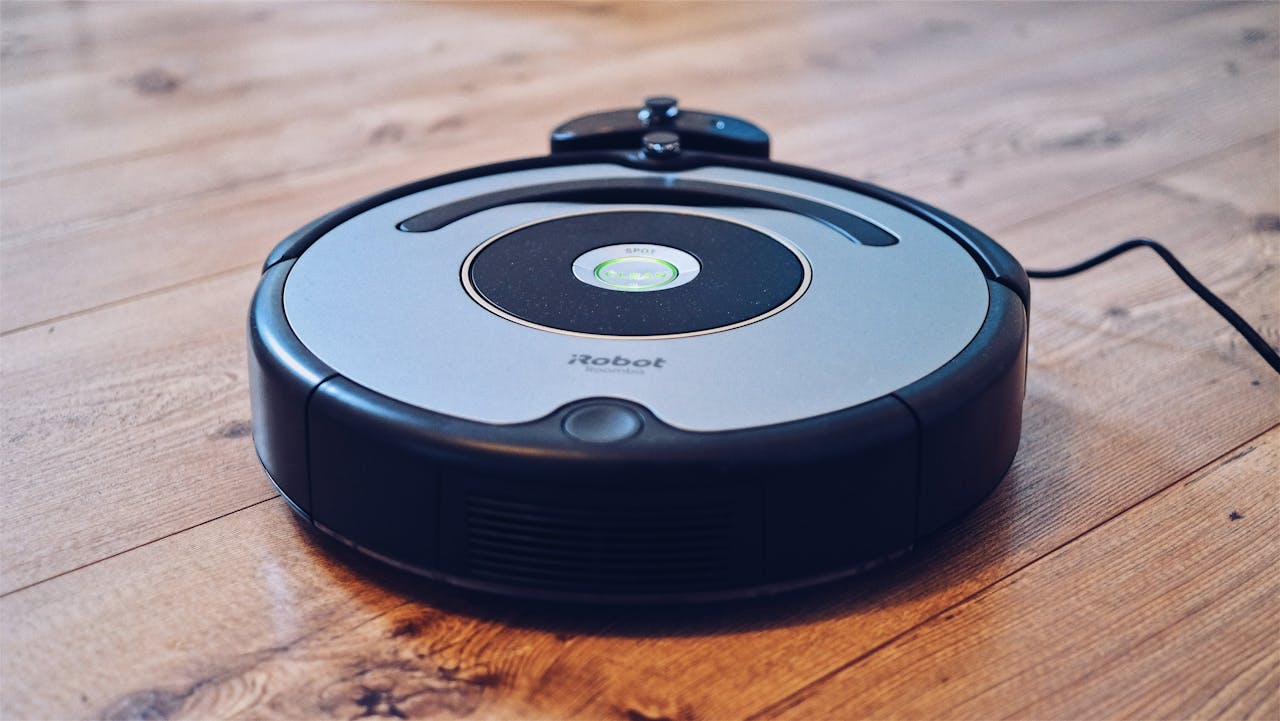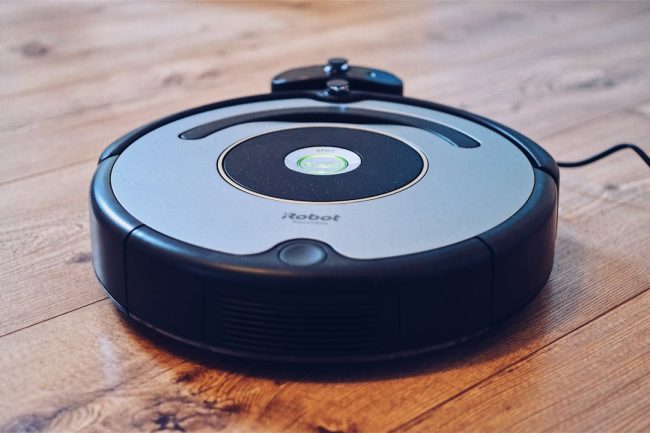
Smart appliances have become a staple in many households, making daily chores easier and homes more efficient. Devices like Roombots, smart fridges, and connected thermostats promise convenience and control at your fingertips. But with each new device added to your home’s network, another door may open to potential identity theft. The rise of these connected gadgets has brought new questions about privacy and security. If you’re using smart appliances, it’s important to understand the risks and how to protect your personal data. Let’s break down what you need to know about smart appliance identity theft and how you can keep your information safe.
1. How Smart Appliances Collect Personal Data
Many people don’t realize how much information their smart appliances gather. Roombots, for example, map your home’s layout, while smart refrigerators track your shopping habits and even your daily routines. These devices often store data locally and in the cloud, sending information back to manufacturers for updates or troubleshooting. The more devices you connect, the more data you generate about yourself and your household.
This personal data, if not properly secured, can become a target for hackers. Smart appliance identity theft happens when cybercriminals access that information and use it to impersonate you or steal sensitive details. It’s not just your name or address at risk—details like daily schedules, vacation plans, and even payment methods connected to these devices can be exposed.
2. Security Flaws in Roombots and Other Devices
Many smart appliances are rushed to market with basic security features, if any. Roombots and other connected gadgets may use outdated software or default passwords that are easy to guess. Some devices lack regular updates, leaving known vulnerabilities unpatched. When hackers exploit these weaknesses, they can access your home network and all connected devices.
Once inside, they may steal personal data directly from the device or use it as a gateway to other sensitive areas of your network. This is why smart appliance identity theft is a growing concern for homeowners. Even a harmless-looking robot vacuum can become a weak link in your digital security chain.
3. The Risks of Cloud Storage and Data Sharing
Smart appliances often rely on cloud storage to function properly. That means your data isn’t just kept on the device—it’s sent to servers owned by manufacturers or third parties. While cloud storage offers convenience, it also increases your exposure to data breaches and unauthorized access. If a company’s servers are compromised, your personal information could be part of a large leak.
Some manufacturers also share data with partners for marketing or research purposes. This increases the number of people who have access to your details, making it harder to track who’s responsible if your information is misused. Before connecting any new appliance, it’s worth checking the company’s privacy policy and understanding how your data is handled.
4. Privacy Settings and User Awareness
Many users don’t take full advantage of privacy settings on their smart appliances. Manufacturers often set devices to collect the maximum amount of data by default. Unless you manually adjust these settings, your appliances might be sharing more than you realize.
It’s crucial to review the privacy options for each smart device you own. Disable features you don’t use and limit data sharing whenever possible. Regularly updating passwords and enabling two-factor authentication can add extra layers of protection against smart appliance identity theft. If you’re not sure how to change settings, check the manufacturer’s website or reach out to support for help.
5. Protecting Your Home Network
Securing your home Wi-Fi is just as important as securing the devices themselves. Use a strong, unique password for your wireless network and consider setting up a separate network for your smart appliances. This can help contain any breaches and prevent hackers from accessing your computers or phones if they compromise a smart device.
Regularly update your router’s firmware and monitor which devices are connected to your network. Some routers offer features that alert you to suspicious activity or block unauthorized devices automatically. These simple steps can go a long way in reducing the risk of smart appliance identity theft.
What You Can Do to Stay Safe
Staying safe with smart appliances doesn’t have to be complicated. Start by researching devices before you buy—look for brands that prioritize security and offer regular updates. Always change default passwords and keep your software up to date. Be mindful of what information you share and turn off features you don’t need.
Smart appliance identity theft is a real risk, but with a little effort, you can enjoy the convenience of your Roombots and smart gadgets without sacrificing your personal security.
How do you protect your data when using smart appliances? Share your tips or concerns in the comments below!
What to Read Next…
- Credit Fraud What to Do When Your Identity Was Stolen
- The Importance of Identity Theft Prevention
- 10 Things Every Woman Should Know About Protecting Her Identity
- How to Use Technology to Improve Your Financial Security
- Sharing Your Data with a Third Party 3 Pros and Cons of Open Banking







